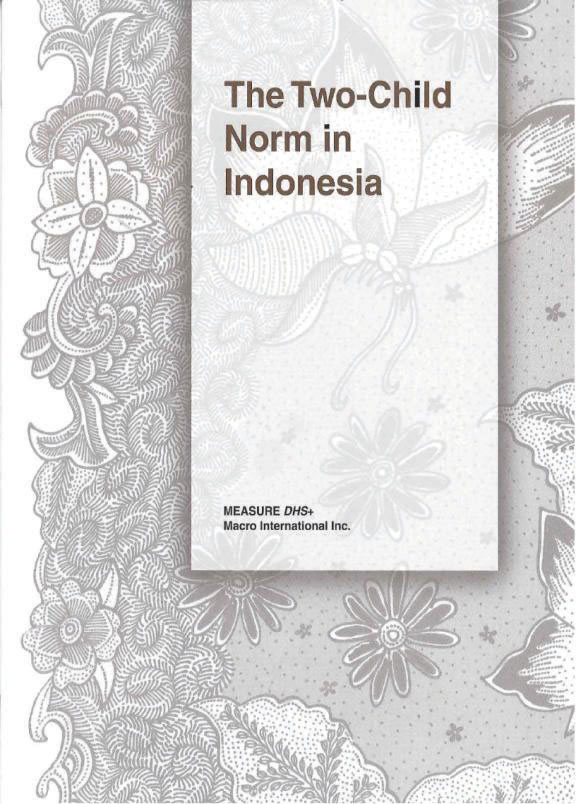- PUBLICATIONS
- JOURNAL ARTICLES
- ACCESS PUBLICATIONS
Publications Summary
- Document Type
- Further Analysis
- Country(s)
- Indonesia
- Survey
- Indonesia DHS, 1997
- Language
- English
- Recommended Citation
- Permana, Ida Bagus and Charles F. Westoff. 1999. The Two-Child Norm in Indonesia. DHS Further Analysis Reports No. 28. Calverton, Maryland, USA: Macro International
- Download Citation
- RIS format / Text format / Endnote format
- Publication Date
- November 1999
- Publication ID
- FA28
